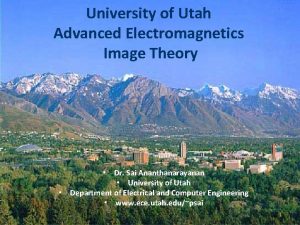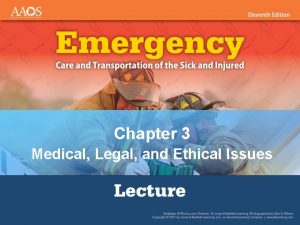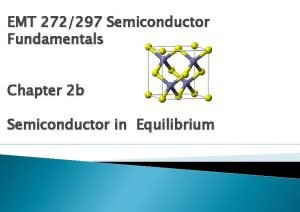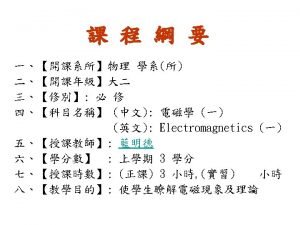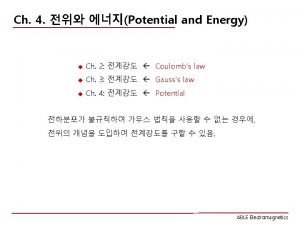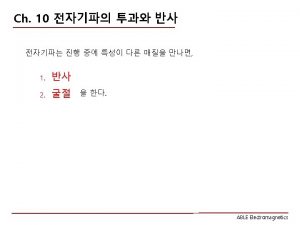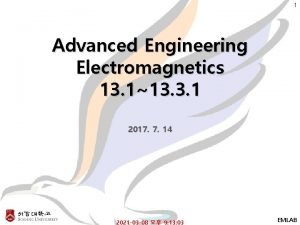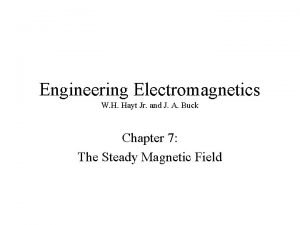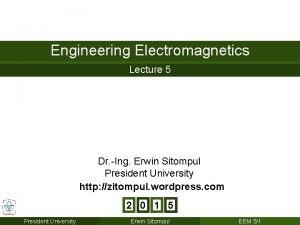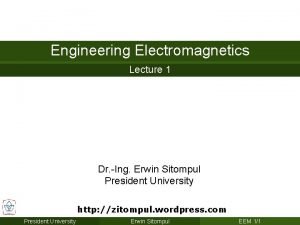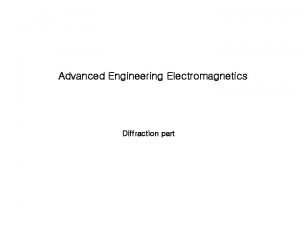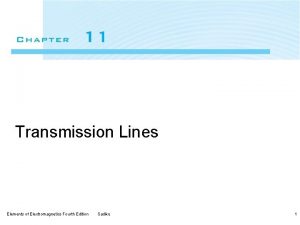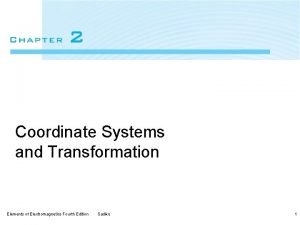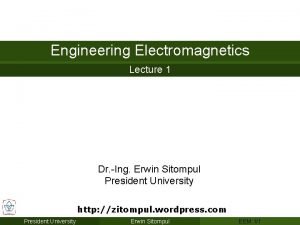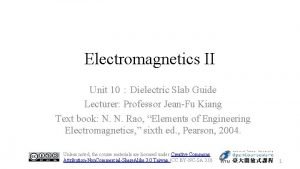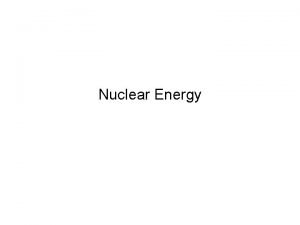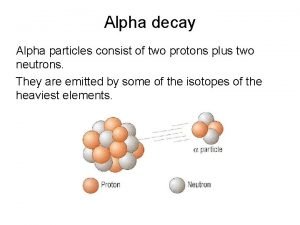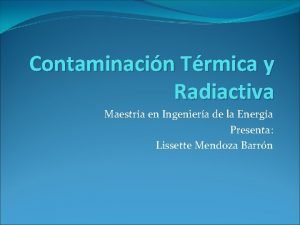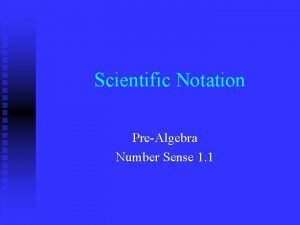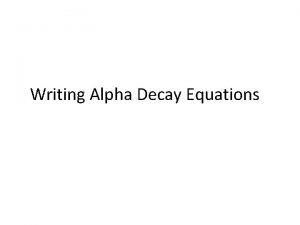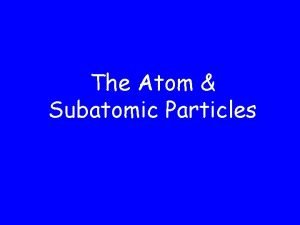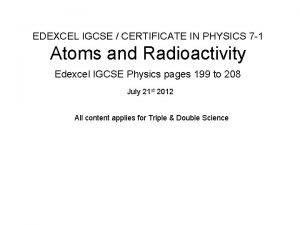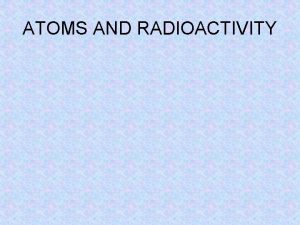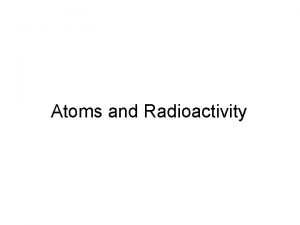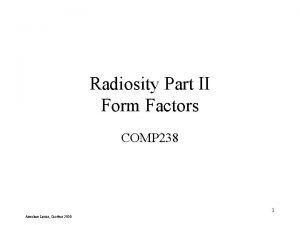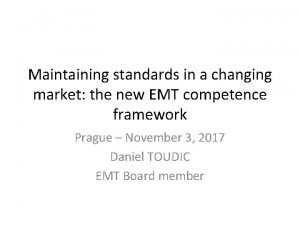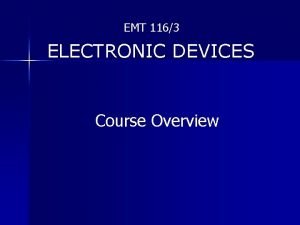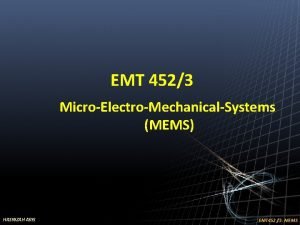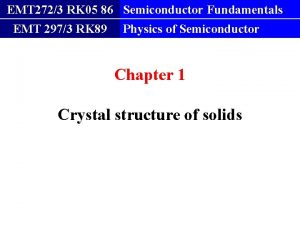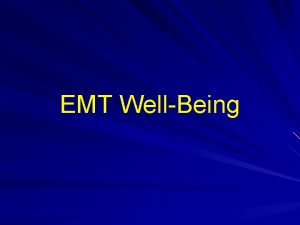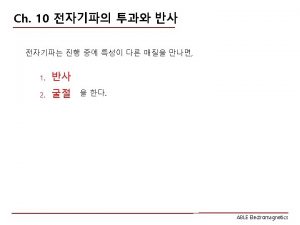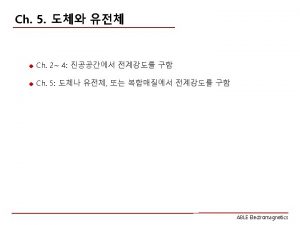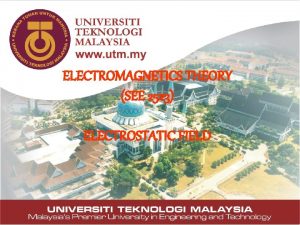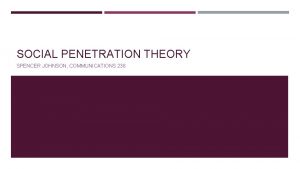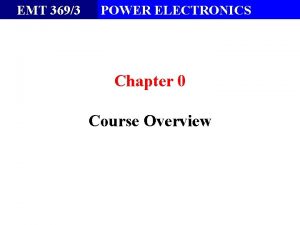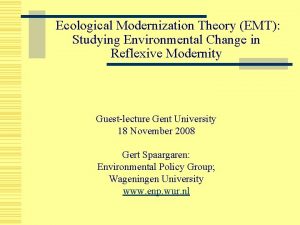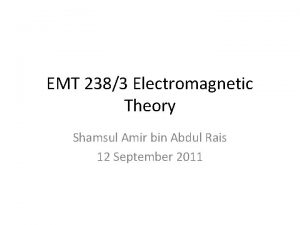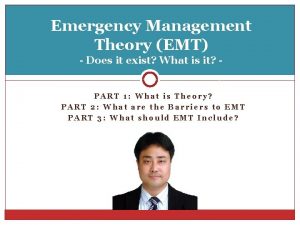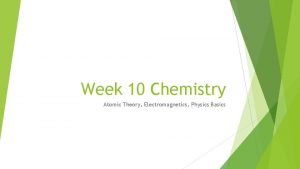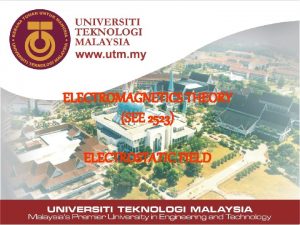CHAPTER 5 ELECTROMAGNETICS EMT 238 ELECTROMAGNETICS THEORY Overview

































- Slides: 33

CHAPTER 5: ELECTROMAGNETICS EMT 238 – ELECTROMAGNETICS THEORY

Overview Introduction Faraday’s Law Stationary Loop in Time-Varying Magnetic Field Ideal Transformer Moving Conductor in Static Magnetic Field Electromagnetic Generator Moving Conductor in Time-Varying Magnetic Field Displacement Current Boundary Conditions for Electromagnetics Charge-Current Continuity Relation Free-Charge Dissipation in a Conductor Electromagnetic Potentials

Introduction

Faraday’s Law Hans Oersted – current induced magnetic fields that form closed loops around the wires. Faraday make hypothesis: if current produces magnetic field should produce current in the wire. He conducted numerous experiments for 10 years in London. Similar work was being carried out by Henry in New York. Faraday and Henry discovered: Magnetic fields can produce an electric current in a closed loop only if the magnetic flux linking the surface area of the loop changes with time.

Faraday’s Law Faraday’s Law: voltage is induced across the terminals of a loop if the magnetic flux linking its surface

Three types of EMF

Stationary Loop in Time-Varying B

Stationary Loop in Time-Varying B

Example 1

Example 2

Ideal Transformer consist of 2 coils wound around a common magnetic core. The primary coil has N 1 turns connected to a voltage source V 1(t) and secondary coil has N 2 turns connected to RL. The directions of currents flowing in two coils: when I 1 and I 2 are both positive flux generated by I 2 is opposite to that generated by I 1. Transformer transfer currents, voltages and impedances between its primary and secondary circuits, and vice

Ideal Transformer

Moving conductor in a static B

Motional EMF

Example 3: Sliding Bar

Example 3: Sliding Bar Note that B increases with x The length of the loop is related to u by x 0 = ut. Hence

Example 4: Moving Rod Next to Wire

Example 4: Moving Rod Next to Wire

Electromagnetic Generator Voltage source passing a current through the loop to make it turn. Electrical energy converted to mechanical energy.

EM Generator EMF

EM Generator EMF

Moving Conductor in Time-Varying B

Displacement Current Application of Stoke’s theorem Conduction current, Ic

Displacement Current: Capacitor Circuit

Example 5

Boundary Conditions Boundary conditions derived for electrostatic and magnetostatic fields remain valid for time-varying fields as well.

Charge-Current Continuity Relation

Charge-Current Continuity Relation

Free-Charge Dissipation in Conductor

Electromagnetic Potentials

Retarded Potentials

Time Harmonic Potentials If charges and currents vary sinusoidally with time: Also: we can use phasor notation: with Expressions for potentials become: Maxwell’s equations become:

Summary
 Emt chapter 24 trauma overview
Emt chapter 24 trauma overview Chapter 14 medical overview
Chapter 14 medical overview Image theory electromagnetics
Image theory electromagnetics Emt chapter 18 gastrointestinal and urologic emergencies
Emt chapter 18 gastrointestinal and urologic emergencies Chapter 3 legal and ethical issues
Chapter 3 legal and ethical issues Fermi energy formula
Fermi energy formula David cheng electromagnetics
David cheng electromagnetics Able electromagnetics
Able electromagnetics Able electromagnetics
Able electromagnetics Advanced engineering electromagnetics
Advanced engineering electromagnetics Magnetic field in a closed loop
Magnetic field in a closed loop Engineering electromagnetics
Engineering electromagnetics Engineering electromagnetics
Engineering electromagnetics Engineering electromagnetics
Engineering electromagnetics Able electromagnetics
Able electromagnetics Sadiku
Sadiku Electromagnetics
Electromagnetics Electromagnetics
Electromagnetics Electromagnetics
Electromagnetics Uranium 238 decay
Uranium 238 decay Uranium-238 alpha decay equation
Uranium-238 alpha decay equation Serie radiactiva del uranio 238
Serie radiactiva del uranio 238 238 000 in scientific notation
238 000 in scientific notation Alpha decay equation
Alpha decay equation Describe neutrons.location: charge: mass:
Describe neutrons.location: charge: mass: Uranium 238 alpha decay equation
Uranium 238 alpha decay equation Uranium 238 alpha decay equation
Uranium 238 alpha decay equation Alpha emission
Alpha emission Uranio-238
Uranio-238 Factors of 238
Factors of 238 238 000 in scientific notation
238 000 in scientific notation 238 000 in scientific notation
238 000 in scientific notation Emt competence framework
Emt competence framework Emt setup
Emt setup


